Juicing vs Blending: What are the differences?
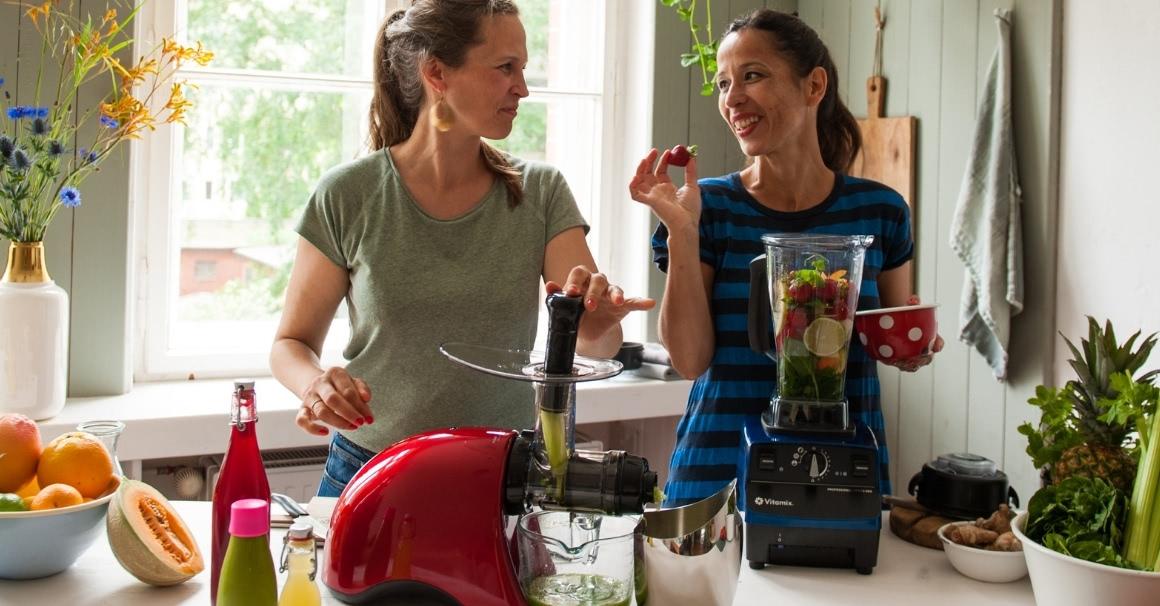
Two questions that we are repeatedly asked: What is the difference between freshly squeezed (green) juices and green smoothies? Is it healthier to drink smoothies or juices? It also often happens that we are asked for a device that can do both. A blender that can also produce fresh juices, or a juicer that is able to produce smoothies.
Before we go into the differences between smoothies and juices, in other words blender vs juicer, we must first out ourselves as lovers of both. It's not uncommon for us to treat ourselves with a green smoothie in the morning and fresh juices during the day. Green smoothies and freshly squeezed vegetable juices or green juices can simply taste incredibly good. They are packed with healthy nutrients such as vitamins, minerals, enzymes or antioxidants. Often they consist of the same ingredients - for example, you can blend or juice wheatgrass.
In our opinion both preparations - whether juices or smoothies - have a very special value for a healthy and conscious diet. In the following, we will go into the main differences and address the common questions on the subject.
Overview
- Smoothies are blended - Juices are pressed
- Green smoothies fill the stomach - Juices provide a quick energy kick
- Which is faster: Juices or Smoothies?
- Differences at a glance: Juices vs. Green smoothies
- Blender or juicer? What are the preparation possibilities?
Smoothies are blended - Juices are pressed
Smoothies, whether green smoothie, fruit smoothie or vegetable smoothie, consist of ingredients such as ripe fruits, leafy greens and/or vegetables as well as some water or other liquid. All ingredients are pureed into a creamy smoothie in about 1 minute using a high-speed blender. There is almost no waste in the process - everything is used except for stems, some peels, and fruit seeds/stones.
This gives a smoothie a rather thick consistency. In addition to vitamins, minerals, antioxidants, enzymes and secondary plant compounds, smoothies - especially green smoothies with a high content of leafy greens - contain plenty of fiber.
To prepare green smoothies, it's best to use a high-speed blender. These devices are capable of producing a creamy, fine consistency from hard-to-puree, fibrous leafy greens such as kale or wheatgrass. After all, the finer and creamier a green smoothie is, the better it tastes.
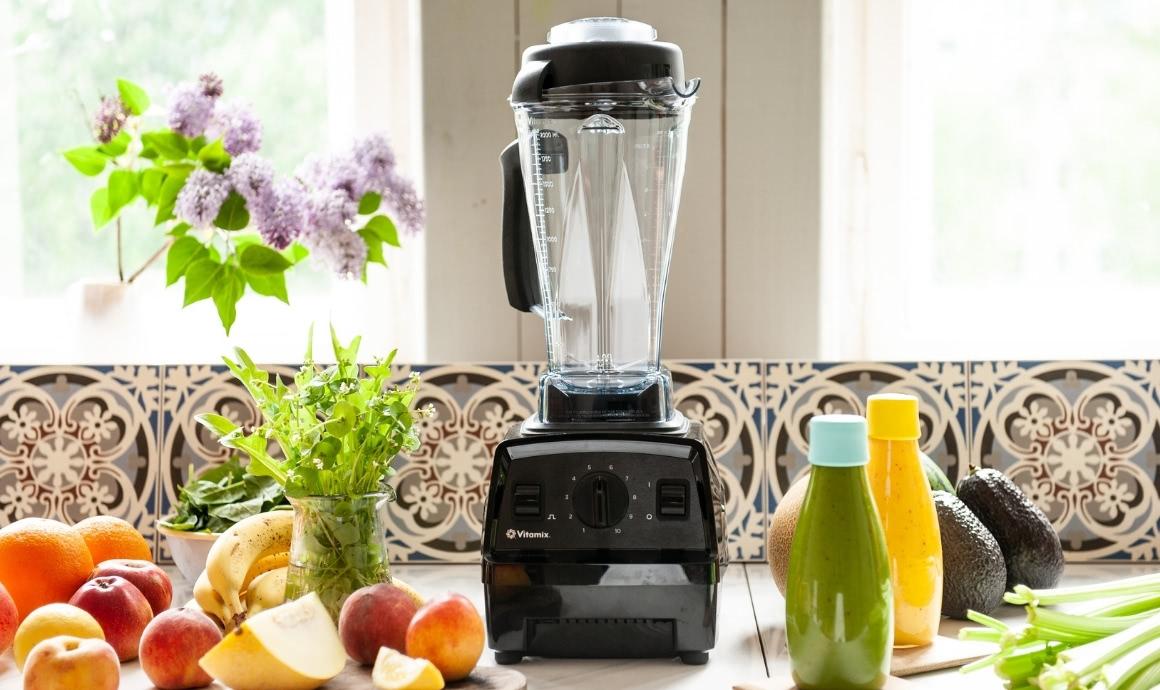
Fresh juices are also made from fruits, vegetables and/or leafy greens. The ingredients are used whole and only peels, stems or fruit seeds/stones are removed. However, juicing involves using a juicer in order to separate the solid fiber from the cellular water. This way most of the fiber is filtered out. The so-called pulp residue usually remains unused and ends up in the trash. The result is a thin juice that is extremely rich in bioavailable nutrients such as vitamins, minerals, antioxidants, etc.
Slow juicers are most suitable for juicing, they grind the ingredients as slowly as possible, slow processing is particularly nutrient preserving. To produce about 500 ml of fresh juice, you need 3-5 minutes, depending on the ingredients and the juicer model.
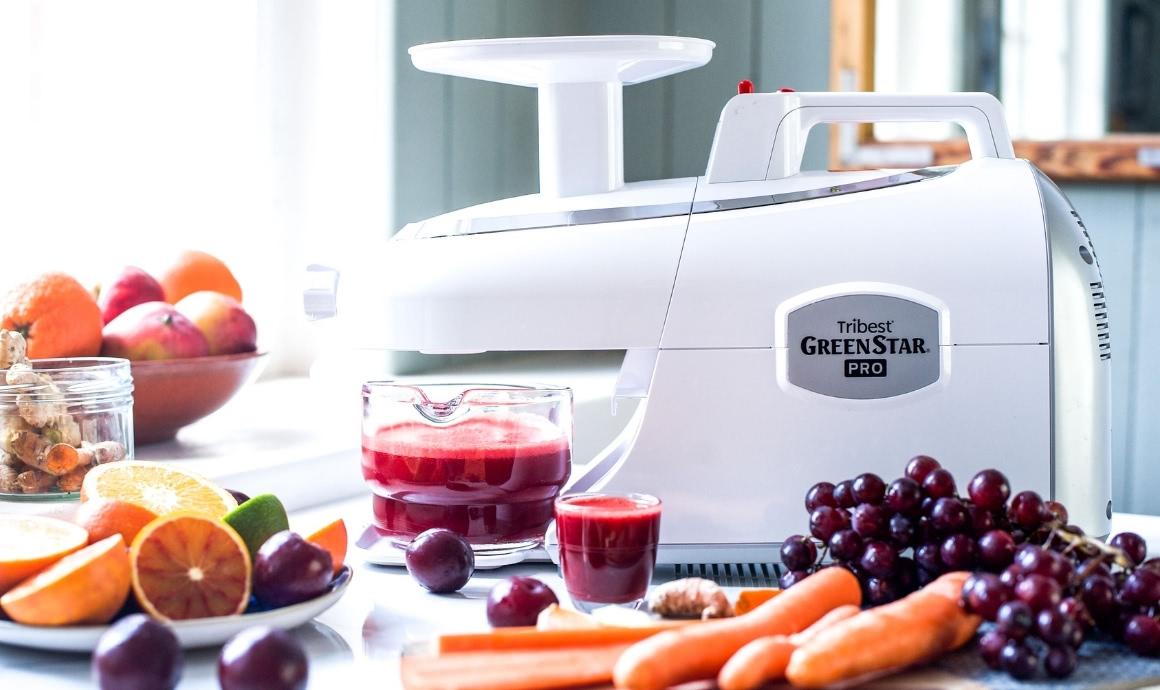
Green smoothies fill the stomach - Juices provide a quick energy kick
Smoothies - especially green smoothies contain lots of fiber, pureeing them with a powerful blender makes them easier to digest. Still, this stimulates digestion and slows down the release of sugar into the blood. This provides a more consistent supply of energy and keeps you saturated. About 700 to 1000 ml of green smoothie can replace a complete meal. One is usually well saturated for about 2-3 hours.
Juices, on the other hand, provide quick energy. They contain significantly less fiber and are therefore even easier to digest than smoothies or green smoothies. We appreciate this quick energy kick from freshly squeezed juices, for example, as a measure against an afternoon slump or after sports. People with digestive problems such as irritable bowel syndrome can benefit from the easy digestibility of fresh juices. After all, they provide important nutrients from fruits, vegetables and leafy greens without burdening the digestive system.
Which is faster: Juices or Smoothies?
As we pointed out above, we love both fresh juices and green smoothies. When it comes to preparation, we opt for Green Smoothies every day and fresh juices only once in a while. Why? Smoothies or green smoothies can be made in less than 1 minute with a high-speed blender. Fruits, vegetables and leafy greens only need to be roughly chopped, all ingredients are placed in the container where they are blended at maximum speed with the addition of a small amount of water.
Powerful blenders such as the Vitamix TNC 5200 operate at up to 29,000 revolutions per minute. The smoothie is then poured into a bottle for storage or enjoyed straight away. Cleaning the blender is just as quick as the preparation: Simply rinse the container under running water, dry it if necessary, and you're done.
Smoothie preparation and cleaning require no more than 5 to 10 minutes - a blender is well suited for daily use and can quickly create delicious dishes. We have been making green smoothies daily for years now!
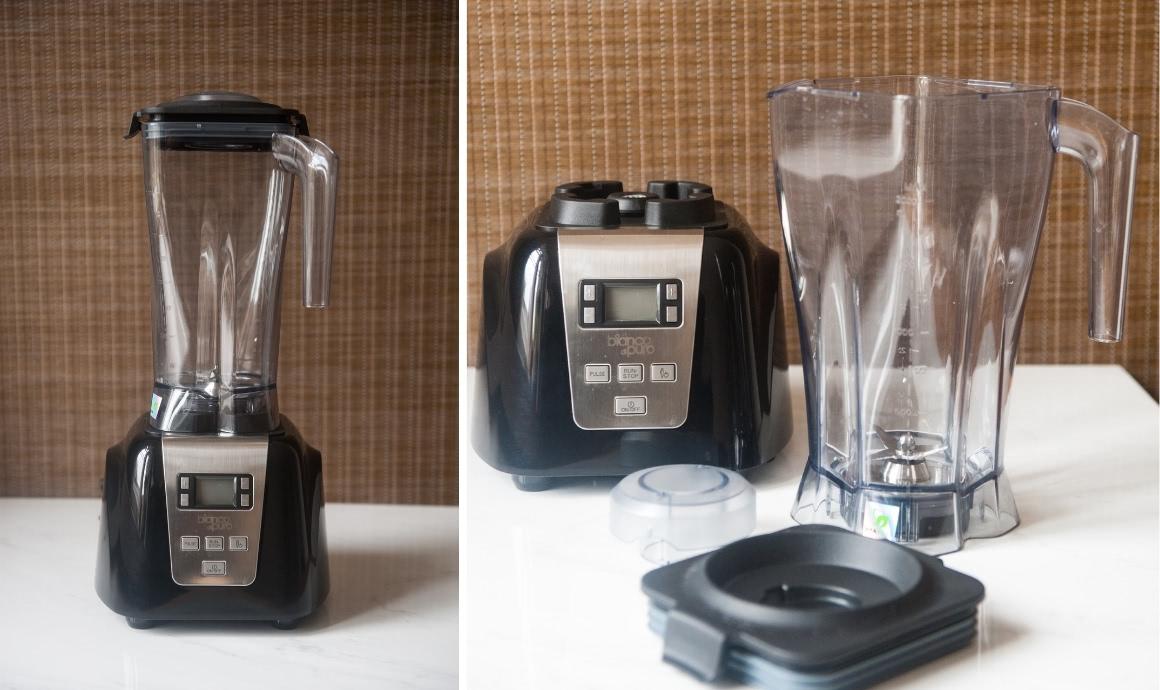
The procedure for juicing is somewhat different and more time-consuming - especially when it comes to cleaning the juicer. Good slow juicers are characterized by the fact that they work with a maximum of 60 to 100 revolutions per minute. The vegetables, fruits and/or leafy greens are squashed as slowly as possible, the ingredients then are squeezed through a sieve by an auger. This way, the fresh juice is protected from oxidation and the maximum of vital substances is granted. Depending on what kind of juice you want to have, it takes about 10 minutes for 1 liter of fresh juice. Beforehand, the ingredients must be washed and cut into small pieces. Unlike with a blender, the ingredients must be small enough to fit into the hopper. Depending on the model, another 5-10 minutes of work are needed to clean the device. To do this, the juicer is disassembled into its individual parts so that they can be brushed off and rinsed under running water. To dry, the parts can simply be laid out on a kitchen towel. This means that it takes around 10-20 minutes to prepare a liter of fresh juice, including cleaning. The time required to prepare fresh juices for several people every day is simply too much for us - especially during the week, where every minute counts in the morning.
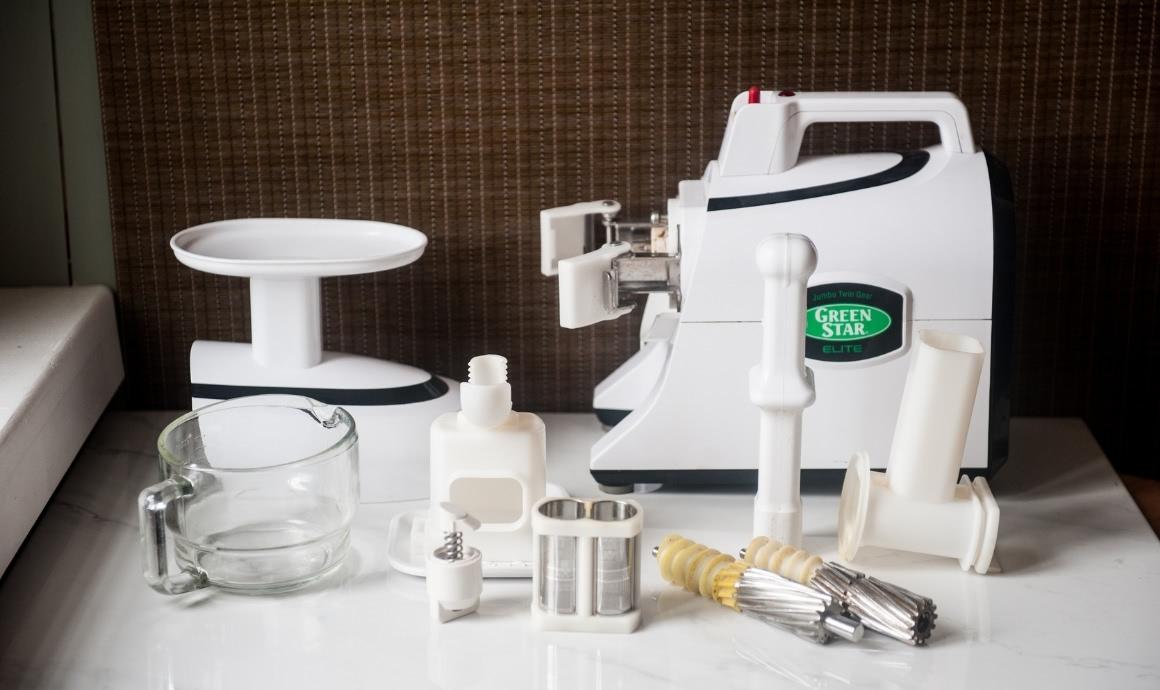
Differences at a glance: Juices vs. Green smoothies
| Distinguishing criteria | Fresh juices | Green smoothies |
|---|---|---|
| Method of production | Pressed with a slow juicer at lowest speed | Blended with a high-speed blender |
| Costs for good entry-level equipment | from 350 to 400 Euro for slow juicers |
from 250 to 300 Euro for high-speed blenders |
| Preparation time incl. cleaning (benchmark 500 ml) | approx. 10 to 15 minutes | approx. 5 to 10 minutes |
| Consistency | thin-bodied | thick, creamy |
| Ingredients for 500 ml juice or smoothie | e. G. 1 kg carrots | approx. 300 g fruit and 100 g leafy greens plus some water |
| Nutrient content for the same amount of juice and smoothie | very high, as significantly larger quantities of ingredients are squeezed out; low in dietary fiber | high, rich in dietary fiber |
| Digestibility | very easy to digest - Low fiber content | easily digestible |
| Meal replacement | no, rather an energy-rich nutrient kick | very good meal substitute, approx. 700-1000 ml usually satiates for 2-3 hours |
| Shelf life (our recommendation) | 24 hours - after very high nutrient loss | 24 hours - after very high nutrient loss |
| Practicability & suitability for everyday use | a bit more time consuming than smoothie blending, but definitely suitable for everyday use | very fast preparation, therefore very practical on daily basis |
Blender or juicer? What are the preparation possibilities?
While a blender prepares a smoothie from several ingredients in the shortest possible time - a juicer - also called slow juicer or cold press juicer, is suitable for making fresh juices by slowly crushing and squeezing the juice ingredients. For some models, there are also accessories such as a blender insert, therefore it is possible to use the juicer for other preparations such as smoothies, fruit sorbets, etc.
Powerful stand mixers or high-speed blenders, on the other hand, can do much more than just smoothies or green smoothies. They can be used for many preparations in the kitchen. These include soups, pestos, hummus, plant and nut milks, nicecream, ice cream sorbets. Even grinding coffee or grains can be done with a high-speed blender. In any case, high-speed blenders are multifunctional devices, while a slow juicer is a device specialized in fresh juices, which can be expanded with accessories if necessary.
We appreciate your Feedback!



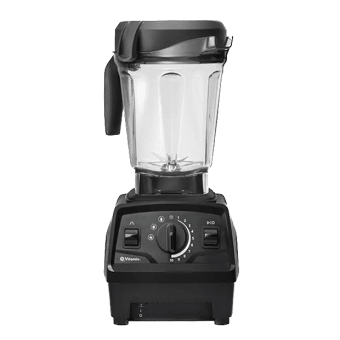




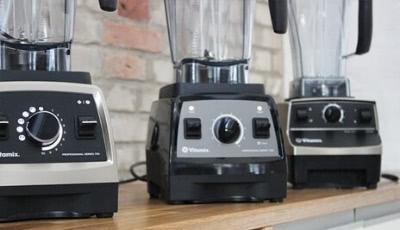
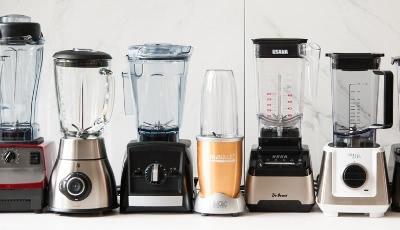
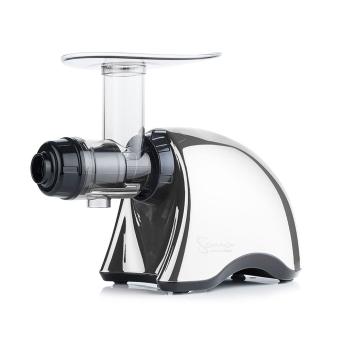






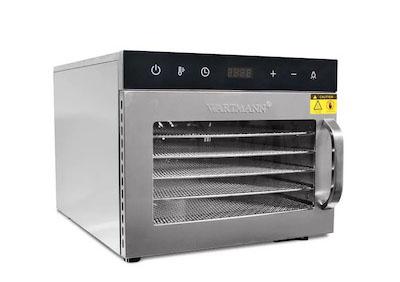
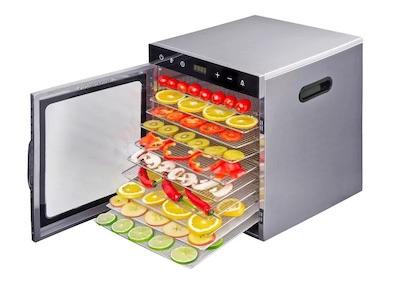
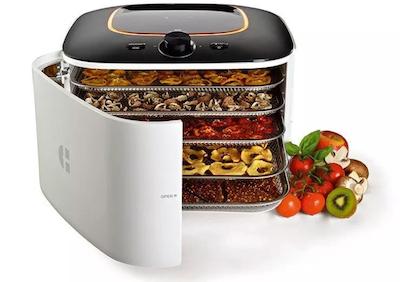
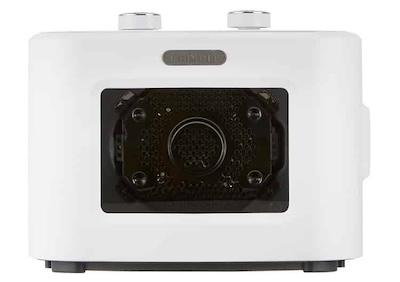
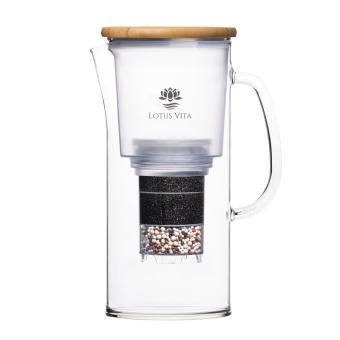
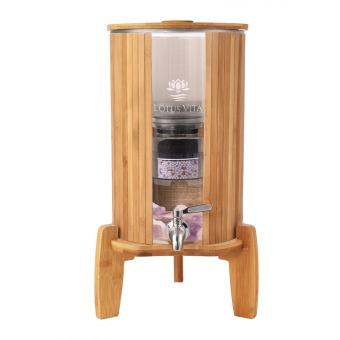
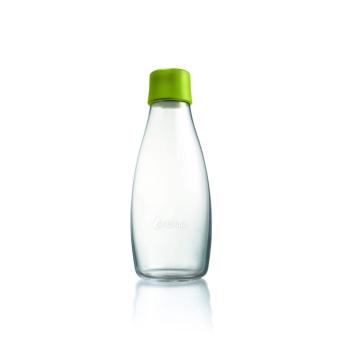

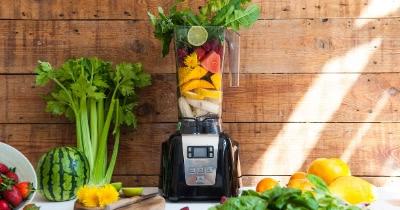
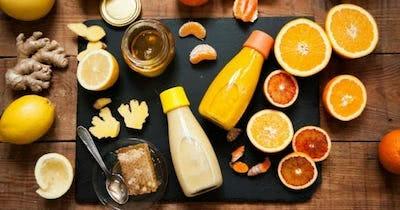
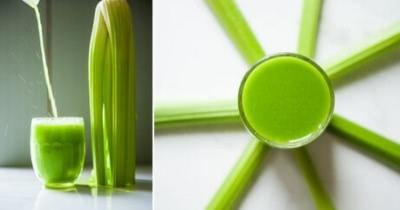
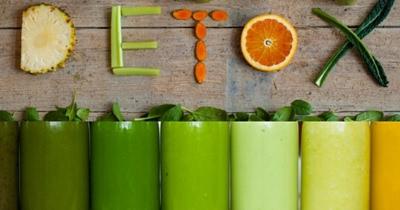
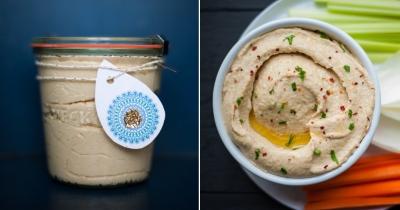
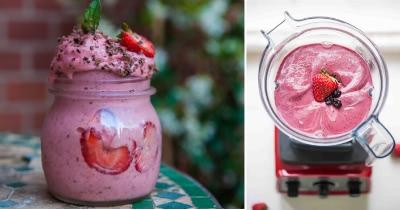
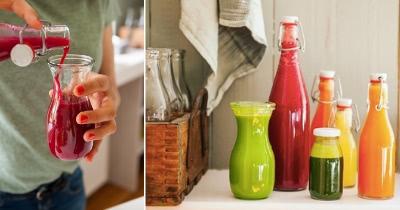
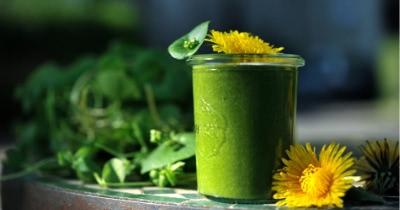
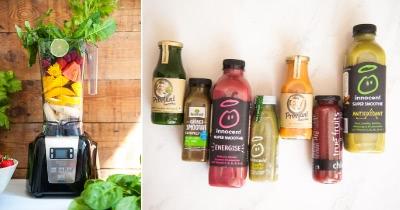
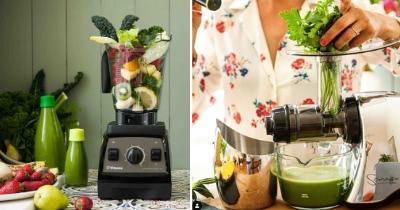
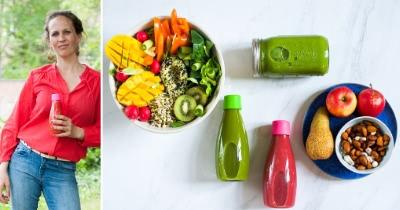
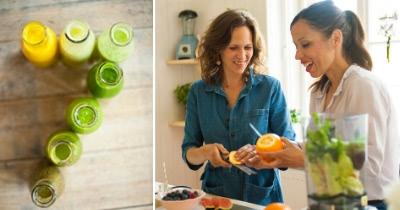



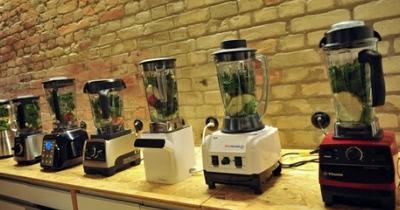
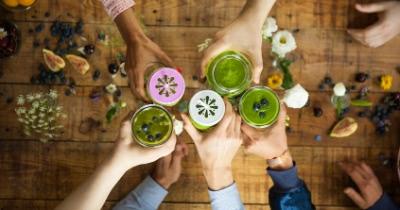

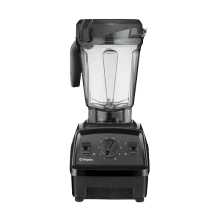
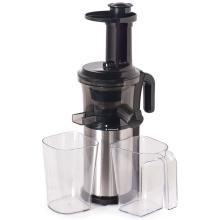


Add comment
8 | Comment(s)
I have to agree with you about oxidation in a high-speed blender in case there are few antioxidants in the ingredients. As far as heat generation is concerned, high speed blenders differ. With Vitamix or the Wartmann blender as well as the Primo S blender, it is very low. Centrifugal juicers, on the other hand, generate much more heat than high-speed blenders, in our experience, and some ingredients, such as green grasses, cannot be prepared in them at all.
In this respect, I would not be sure if there are more nutrients in the juice. Juice, on the other hand, is easier to drink, probably because of the lack of fiber.
I find both smoothies and juices have their raison d'être, depending on your state of mind and mood.
Love,
Carla
How does it actually work with the calories when I juice 1 kg of carrots and obtain 500 ml of juice? Do I really need to track the entire kilogram of carrots? Because there are no longer any fiber and pulp in the juice.
Thank you and best regards,
Lindi
i'm sorry, but I can't tell you what percentage of calories to subtract.
Kind regards,
Carla
What difference does it make if I blend celery in a high-speed blender and then strain it through a sieve or nut milk bag to obtain juice? I still get juice and the yield is very good.
Or, does the high speed rotation in the Vitamix Ascent 3500i (which I thought was important for breaking down and making all the nutrients accessible) cause nutrient loss?
Best regards,
Thank you for your question.
In a green smoothie, all the ingredients are retained. A powerful blender is needed to blend the fiber and plant material into a creamy consistency. This process makes leafy greens, herbs, etc., easier to digest.
When juicing, the fiber is filtered out in the form of pulp. This can be achieved with a slow juicer, which minimizes heat generation and the introduction of oxygen into the juice.
Of course, you can initially make celery juice with a blender, but it is generally a more time-consuming process. You can find instructions for that here.
Best regards,
Carla
I'm still not entirely clear on this. When I read that using a slow juicer can take up to 10 minutes, including cleanup, my Vitamix Ascent 3500 can do it in about 1 minute with the smoothie function, and then an additional 2 minutes when strained through a nut milk bag.
In terms of juice quantity, the result is the same with approximately 500g of juice from 600g of celery stalks.
What I often read in juice recipes is the addition of water, but I would prefer to provide my body with the liquid from the fruits or vegetables rather than adding extra water.
So, my research on your website will continue.
Best regards,
So, when you blend celery in a blender and then strain it through a nut milk bag, most of the nutrients are lost with the pulp. This is also the case with slow juicers.
If you want to avoid adding water, it becomes challenging to achieve that in a mixer without accepting an increase in temperature. Due to the strong friction, the mixture is likely to heat up faster without water. With a slow juicer, you don't have to make this compromise, and with a horizontal juicer with only one auger, you can be done in 5 minutes, including cleanup.
However, if you truly want to retain all the nutrients, smoothies are generally more interesting than juices. It's true that smoothies from a blender contain more because the juice is not separated from the pulp (regardless of whether it's done through a slow juicer or nut milk bag).
Warm regards,
Carla